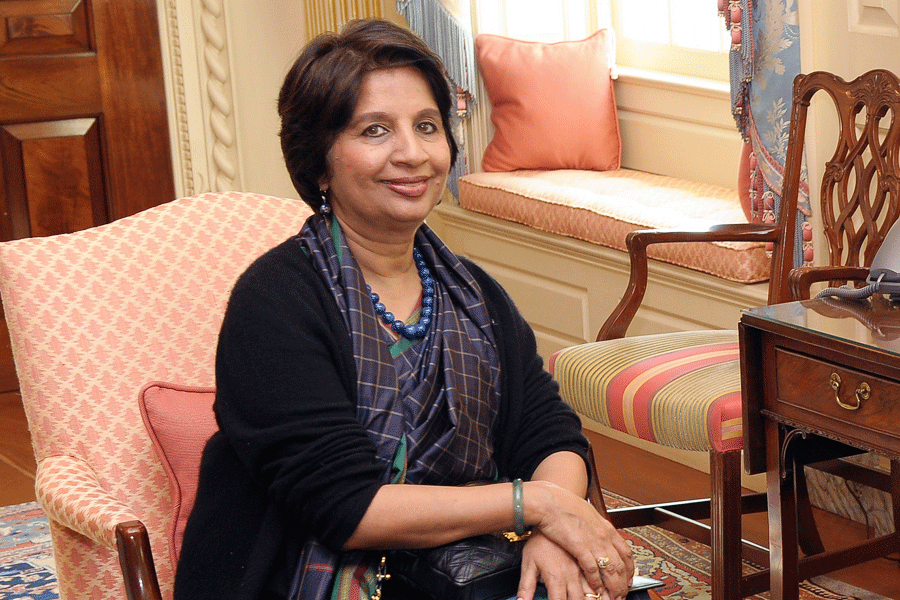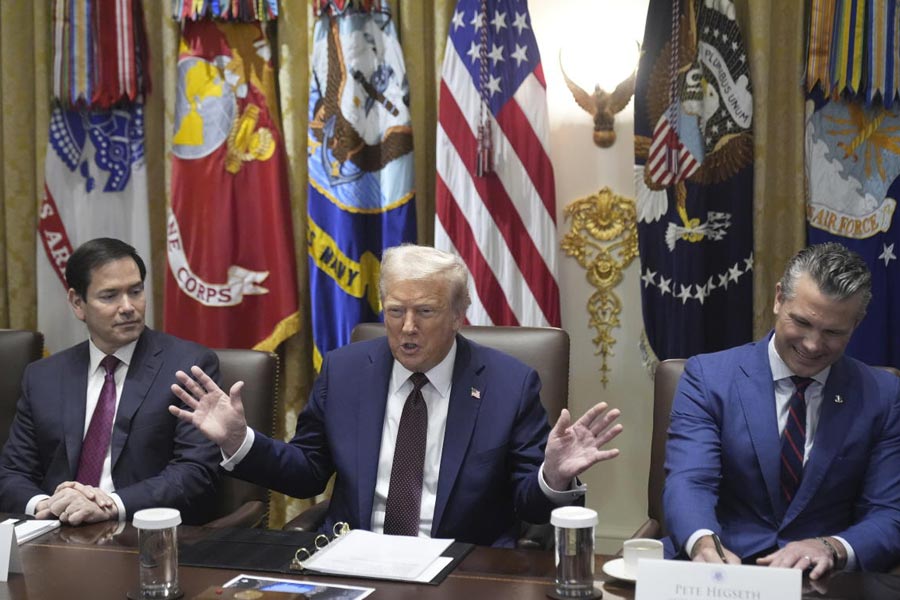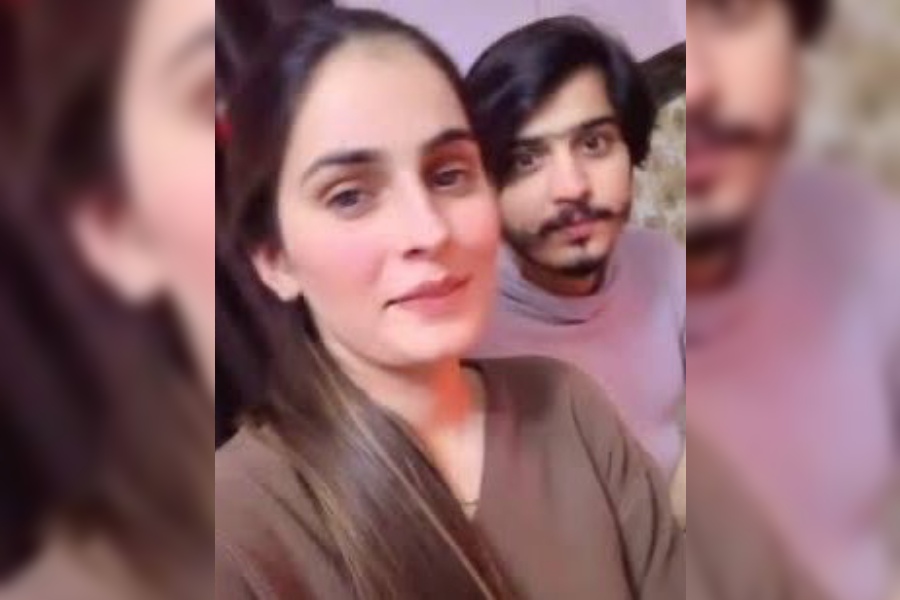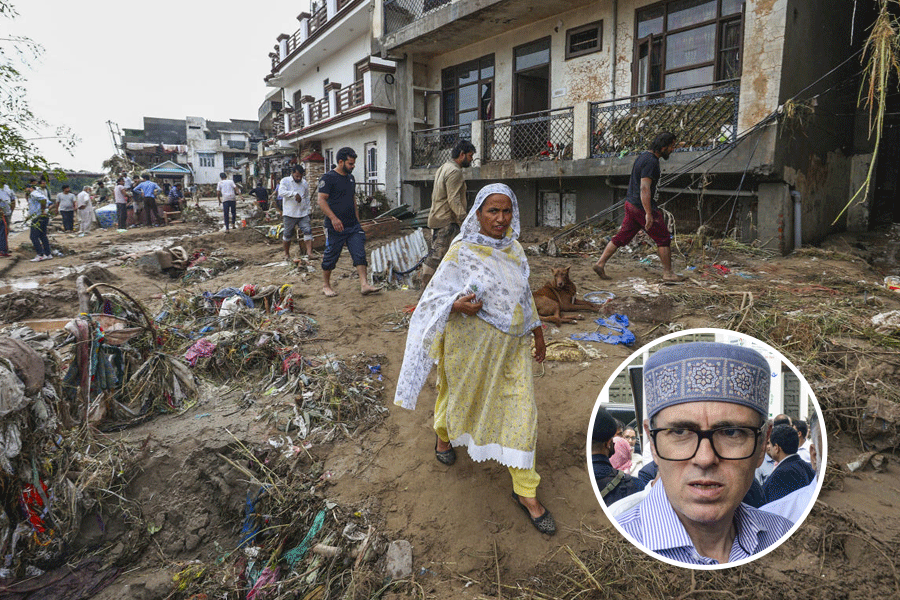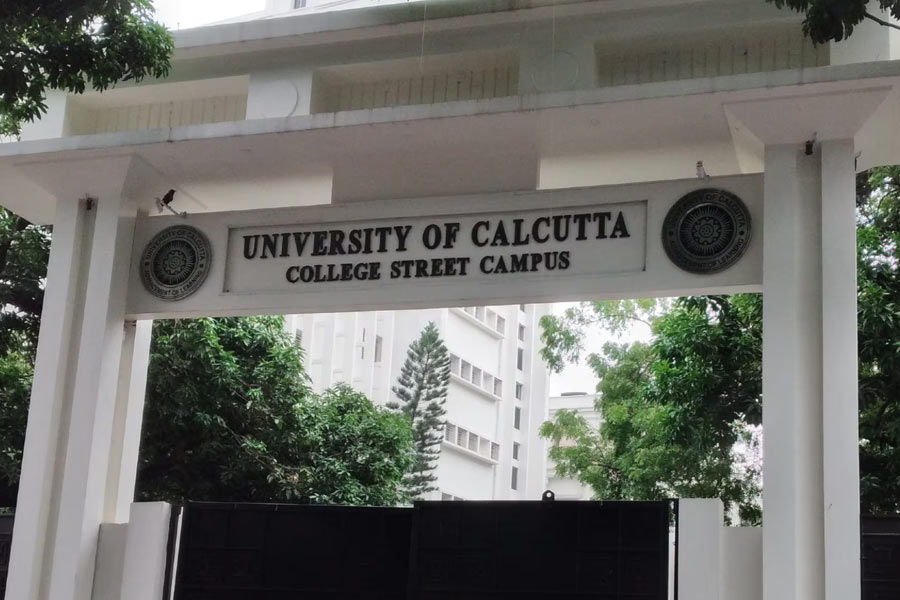 |
 |
| Vijay Mallya’s Team Force India has propelled F1’s popularity at home. The team’s in sixth spot so far this season with driver Adrian Sutil (right) picking up the points Courtesy: Force India |
Can you imagine watching sleek Formula One beauties with their growling engines rip past the flat landscape that’s Greater Noida? No, it isn’t a dream. Formula One’s coming to India next year, and the Greater Noida landscape will be where the powerful monsters will line up at the country’s first Grand Prix (GP) circuit being built by the Jaypee Group’s Jaypee Sports International (JPSI) — for a whopping $350 million.
Expect edge-of-the-seat action. Turn 3 rises dramatically making it tougher to handle. And, at the long straight stretch, which dips in the middle, you could see those speed demons touch 320km an hour — incidentally, the Jaypee International Race Circuit will be among the world’s fastest three F1 circuits. And there’ll be some nail-biting overtaking too on the double-apex corners of Turns 10 and 11.
With the Indian Grand Prix next October, India will become one of 19 countries to host the F1. “It’s a huge opportunity for India,” says Mark Hughes, vice-president, operations, JPSI.
Adds Vijay Mallya, whose acquisition of Team Force India propelled the sport’s popularity at home: “There’s nothing like the smell and sound of F1. You need to feel it for yourself to get attached to it and when the GP arrives, it will be the clearest illustration of the sheer spectacle of the sport.”
The F1’s only one of the high-speed thrills awaiting racing buffs. Volkswagen, a big promoter of motor sports internationally, has grabbed pole position in India by flagging off its inaugural Volkswagen-JK Tyre Polo Cup India in May.
 |
| Volkswagen has stepped on the grid to sponsor motor sports in India by flagging off its inaugural Polo Cup here this year |
Or take India’s new racing icon, Karun Chandhok. Like Narain Karthikeyan, Chandhok’s broken the speed barrier to enter the F1 with the Hispania Racing Team (HRT) this year. He’s confident of being on the grid next year too. “It’s the culmination of a dream,” he says.
And, also keep an eye out for Team Force India, which is having a great season with Adrian Sutil and Tonio Liuzzi taking it to the sixth spot so far.
Revving up
These are exciting times for racing in India. More events are being held. And more drivers are hitting the tarmac — at home and abroad. Take Armaan Ebrahim, who’s in his second season in the Formula Two. Or saloon car racer Aditya Patel, who recently achieved a podium finish at the Volkswagen Scirocco Cup in Europe.
“Racing has taken a big jump,” says former racer Vicky Chandhok, who’s on the nodal Federation of Motor Sports Clubs of India’s (FMSCI) racing committee. The FMSCI issued 240 permits for racing, rallying and karting events last year. That number has already crossed 300 so far this year.
Several factors are responsible for the growth. The number of karting tracks — the entry point to racing — has doubled in the last three years, says Vicky.
“Earlier kids were looking at leisure karting. Now parents are encouraging them to take it seriously,” says Akbar Ebrahim of MECO Motorsports, which hosts the JK Tyre National Rotax Max Karting Championship and has a training academy. The Rotax championship, for instance, began with 10-12 drivers five years ago. That’s grown to 65 today.
The sport has also improved technically with racing classes like the Formula Rolon, believes Sanjay Sharma, head of motor sports, JK Tyre & Industries, the sport’s biggest sponsor. “We’re producing good drivers much faster now,” he says.
Television viewership of F1 too has grown from 23.7 million viewers in 2007 to 25 million in 2009. “The presence of Indian drivers and Force India’s entry have boosted viewership,” says Rathindra Basu, director, corporate communications and business development, ESPN Star Sports India.
Fast and furious
 |
| The JK Tyre National Racing Championship has nurtured the country’s top driving talent |
Indeed, all eyes are on the coming F1. JPSI has signed a 10-year contract with the Federation Internationale de ’Automobile and its head honcho Bernie Ecclestone to host the F1 in India.
The 5.14km Grand Prix circuit, which will include a karting track and racing academy, is designed by renowned architect Herman Tilke. “Drivers can expect big G force in a lot of areas. There’s good overtaking and great spectator viewing too,” says Hughes. He’s expecting 1,50,000 spectators to fill up the grandstand and other viewing areas.
The F1 track is expected to give a big fillip to racing in India. Hughes is hoping to attract international biking events too. What’s more, racing’s been largely a southern phenomenon so far, but a track in the north could help broadbase it. As for the F1, everyone’s eager to see an Indian driver in an Indian team on the grid at home.
The hopes are pinned on Karun. Reaching the F1’s no mean feat, remember. There are only 24 drivers on the grid, and very few vacate their seats each year. Yet, in the running are nearly 500 drivers.
 |
| (Above) The National Rotax Max Karting Championship is drawing more young drivers each year; The F1 is coming to India at the Jaypee International Race Circuit in Greater Noida next year. A rendering of the track and grandstand ( below). |
 |
 |
“I know how much we had to struggle to get here. That’s why I feel all the more proud to have come from a country like India and be here,” says Karun.
Actually, racing came naturally to Karun. His father was a racer and his family owns the Wallace Sports team. He began karting at six and by 16, he was racing successfully, winning the National Racing Championship in 2000 and Formula Asia in 2001, among others. From 2007, he did a three-year stint at the GP2, the stepping stone to F1.
At the F1, it’s early days yet. He made his debut with the new — and cash-strapped — HRT. Now, he’s been replaced by Sakon Yamamoto for the remaining season (read: the Japanese driver brought in more money). Nevertheless, Karun says: “It has been a great learning curve and has lived up to everything I dreamt it would be. I now have to build on that to get a seat for next year.”
Flagging off
Meanwhile, at home, the focus is on the Polo Cup, which is a prominent entry-level saloon race internationally. Says Prithviraj Siddappa, head of motor sport, Volkswagen India: “The Polo Cup India represents a long-term initiative designed to promote the development of motor sports in India.”
Volkswagen is also the only manufacturer to launch a single-make Cup series in India (all drivers race in technically identical cars). Three of the Cup’s six races are already over. And the response has been huge. Volkswagen received over 1,100 entries, which were narrowed to 20 cars. The first race in Pune even drew 7,000 spectators.
More importantly, the Cup’s expected to lead to training and international opportunities. For instance, the Indian Cup’s winner will race in Polo Cup Germany. And Volkswagen is already bringing in experts to provide training.
Volkswagen’s entry also comes after a long gap. New racing classes like the Formula Rolon, Formula LGB Hyundai and Formula Swift were last introduced in 2006-07. Indian motor sports has been sustained by a handful of sponsors only. In four-wheelers, there’s JK Tyre, which has sponsored the National Racing Championship for 13 years, and MRF, which largely sponsors rallying, apart from others like Amaron and Bharat Petroleum.
The buck stops here
 |
| Young Indian drivers like Armaan Ebrahim (above), Aditya Patel (below) and Parth Ghorpade (bottom) are making their mark on the international circuit |
 |
 |
Funding is, of course, the biggest constraint. According to Akbar, a driver needs Rs 10 lakh a season to race here. In comparison, it would cost Rs 80 lakh a season to compete in an entry-level international single-seater racing series. The Formula Three can cost about Rs 3.5 crore-Rs 4 crore a season while it’s about Rs 10 crore for GP2. Formula Two’s cheaper at Rs 2.5 crore.
The Indian sponsors though are excited about the sport’s prospects. JK Tyre, which invests around Rs 8 crore a year on average, has increased prize money. Others like Amaron Pro Racing are promoting young talent. “We operate at the grassroot as there’s an opportunity to grow the sport here,” says Mackinlay Barretto, head, motor sports, Amaron. For instance, it hosts the Amaron Karting Challenge for 12-to-16-year-old novices. “We’re seeing a lot of traction,” says Barretto.
And even Mallya says he’s “looking into a young driver development plan that will in time give an opportunity for young racing talent in India to push through from grassroots racing to Formula 1”.
Meanwhile, MECO Motorsports is expanding its training programmes beyond Coimbatore to cities like Bangalore, Mumbai and Delhi. Akbar’s confident of the emerging talent. “A lot of boys are now participating in karting in Asia. We have to see if they can sustain it,” he says.
Like 17-year-old Parth Ghorpade from Kolhapur. Parth began karting in 2002 and has been winning championships ever since. This year, the two-time Rotax Max Challenge Junior Champion is strongly placed to win his first senior title. “We’re as good as drivers abroad,” he says.
“He has to now pursue it with the goal of being a professional,” adds his father Karnasingh, who spent over Euro 15,000 to get Parth to participate in four karting races in Europe in 2008. “He qualified among the top five there. That gave us the confidence,” he says.
Parth’s now graduating to single-seater racing, and hopes to enter an international circuit if he can raise funds. “We can’t afford to do anything beyond karting on our own,” says Karnasingh.
Such high costs have prompted Aditya Patel, 22, to shift from single-seater to saloon racing. “I decided to move to saloon cars as it’s too expensive to drive Formula cars,” says Patel. He’s already delivering results, having recently bagged a podium finish at the Scirocco Cup.
Clearly, interest in motor sports is growing. But there are hurdles ahead. Take infrastructure. India has only three professional karting tracks and two race circuits. Volkswagen’s Siddappa believes you have to improve the viewing experience to grow the sport. More manufacturers need to invest in it too. And a lot will also depend on the success of the Indian F1. The race has been flagged off but the cars haven’t hit full speed yet.






